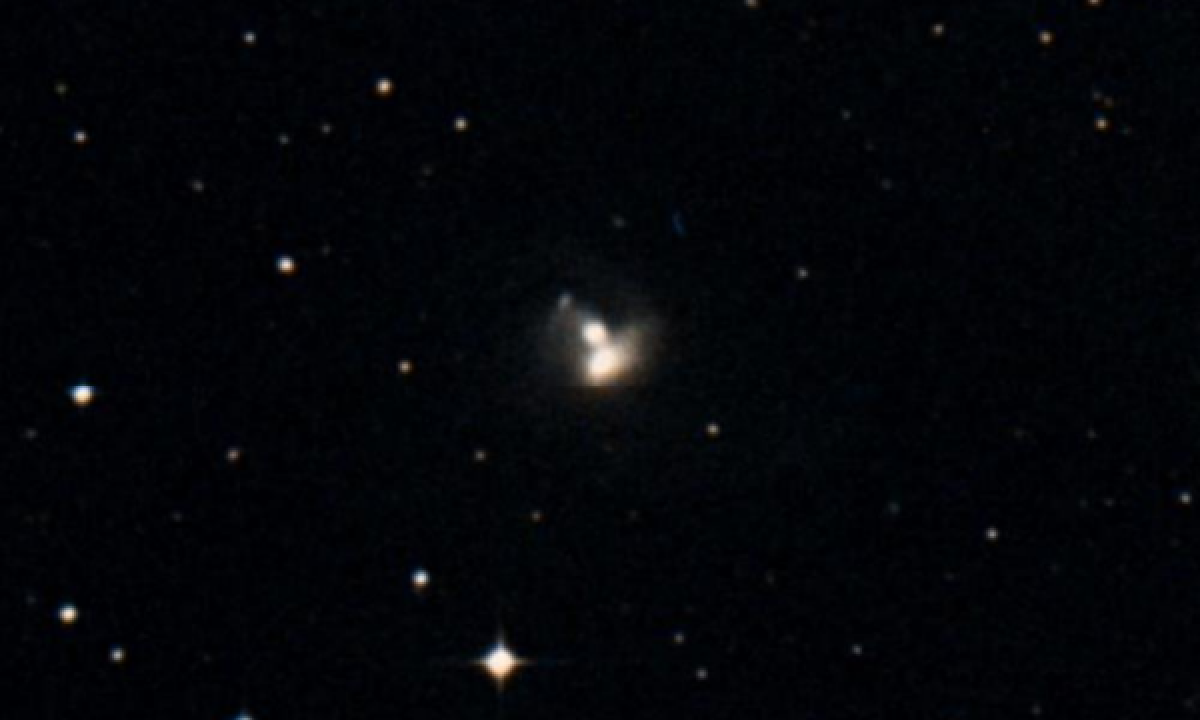The New General Catalogue of Nebulae and Clusters of Stars (abbreviated as NGC) is a catalogue of deep-sky objects compiled by John Louis Emil Dreyer in 1888. The NGC contains 7,840 objects, known as the NGC objects. It is one of the largest comprehensive catalogues, as it includes all types of deep space objects, including galaxies, star clusters, emission nebulae and absorption nebulae.
Know more about NGC
NGC 1409

NGC 1409 is a quiescent lenticular galaxy in the equatorial constellation of Taurus. It was discovered by the German-born astronomer William Herschel on January 6, 1785. NGC 1409 is located in close proximity to the smaller Seyfert galaxy NGC 1410, and the two are strongly interacting. Their respective nuclei have a separation of just 23 kly, and they share a diffuse stellar envelope with a radius extending out to 49 kly. The morphological classification of this galaxy most closely matches type SB0, which indicates a barred lenticular galaxy. There is a conspicuous pipeline of dust and gas being funneled to NGC 1409 from NGC 1410. This lane has a typical width of 330 ly, passing to the north in front of NGC 1409 and then behind, becoming denser toward the galactic core. It has an estimated mass of 3×108 M☉ and is transferring mass at the estimated rate of 1.1–1.4 M☉ yr–1. However, there is no indications of recent star formation in NGC 1409 from this incoming material.
More Images:

Sources:
Wikipedia Page: NGC 1409
NGC 1409 at In-The-Sky website
